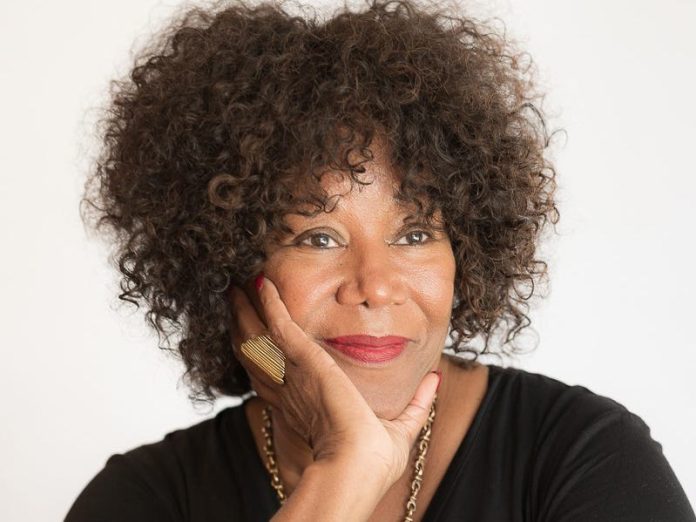
RUBY BRIDGES – The 6 year old who changed America’s modern education system
Date:

Share post:
“Courage is resistance to fear, mastery of fear – not absence of fear.” – Mark Twain.

Many of us know of Martin Luther King Jr but very few would have heard the name Ruby Bridges. This is the story of Ruby Bridges who played as much a significant role in the Civil War history of America as Martin Luther King or any other African American. Ruby Nell Bridges Hall at the age of six probably didn’t understand the meaning of courage nor fear. She lived at a time when the American Civil Rights movement against racial segregation was just starting and Martin Luther King Jr becoming its face. In November 1960, she became the first African American student to enter William Frantz Elementary School for the white Americans. This 6 six-year-old African American girl Ruby unknowingly then became a torchbearer for America’s modern education system.

Going to School
After the Brown v/s Board of Education ruling passed in 1954, African American children were officially allowed to integrate into the education system but there was a massive outburst and lots of resistance from the old schoolers down South. Ruby did attend a segregated kindergarten in 1959 but in 1960, when the federal court ordered Louisiana to desegregate, it was time for Ruby to go to what we call a regular school today. Ruby’s school district had in fact set up an entrance exam for African American students to decide if these children were academically inclined and whether they would be able to cope in an all-white school. Six children cleared the district examination that year. Ruby Bridges was ready to join the all-white William Frantz Elementary School.
Times were tough and the country in an uprising. Ruby’s father initially resisted, fearing for his daughter’s safety but it was Ruby’s mom Lucille who was adamant and wanted Ruby to seize the golden opportunity for equal education. The scenario at William Frantz Elementary School was no better with the faculty being at a loss on how to integrate a black child into its white-children school system. They even dragged their feet initially and it wasn’t until November after much delay that Ruby was granted admission. On November 14, 1960, Ruby and her mother were escorted into the William Frantz Elementary School, New Orleans, Louisiana by four federal marshals. They faced racial slurs and angry screaming crowds but the entire year Ruby continued going to school escorted by the Marshalls. The 6-year old Ruby was unaware of the wheels of change she has set into motion.
The Family that bore the brunt of Ruby’s schooling
Ruby was born on September 8, 1954, to Abon and Lucille Bridges who worked as farmhands in Tylertown, Mississippi. She was the oldest of the five siblings. When Ruby was two, the family moved to New Orleans, Louisiana for better job opportunities.
When Ruby started to go to an all-white school, her family began to bear the brunt of their brave decision. Her father Abon Bridges lost his job. The local community grocery stores refused to sell groceries to her mother Lucille and even her grandparents got evicted from the farm where they had sharecropped for over 25 years. This decade long struggle of African Americans was the toughest in history.

Ruby in school
Despite the growing protests and agitations Ruby attended school everyday. On the first day in school the young Ruby did not have any class. She only sat in the Principal’s office while angry white parents pulled out their children from the school and teachers walked out in protest. On November 14, 1960, Ruby Bridges was the only student at school. From the second day, Barbara Henry a white Boston native, agreed to teach Ruby. Ruby remained the single student in the school for that entire year. By the time she entered the second grade, the school was completely integrated and many other African American students enrolled.
In the 1990s when Ruby reunited with her first teacher, Barbara Henry, it was the moment of truth for two strong women. They later paired together for some speaking engagements.
Years later after graduating from a desegregated high school, Ruby worked as a travel agent, and in 1984 got married to Malcolm Hall. The couple had four sons.

A lifelong activist for racial equality
-1964: The renowned artist Norman Rockwell celebrated the young Ruby’s courage with a painting of that first day entitled, “The Problem We All Live With.”
– 1994: Ruby sets up a charitable foundation with a mission to promote a change through education. It is named, ‘The Ruby Bridges Educational Foundation’ which continues to receive most of its funding from Robert Coles, a Pulitzer Prize winner who had watched Ruby walk to school on her first day.
– 2000: Ruby Bridges is sworn in by former Deputy Attorney General Eric Holder as an honorary deputy marshal in a ceremony at the Corcoran Gallery of Art in Washington, D.C. where 70 of Norman Rockwell’s paintings were displayed.
– In 2001, President Bill Clinton presented Ruby Bridges Hall with the Presidential Citizens Medal.
– 2000: Ruby Bridges won the Carter G. Woodson Book Award for her book, ‘Through My Eyes’. She also authored a second book, ‘The Story of Ruby Bridges’.
– Ruby Bridges is not only a lifelong activist for racial equality but is enthusiastically associated with the Jean Lafitte National Historical Park and Preserve in New Orleans, Louisiana.
Conclusion
From 1960 to 2020, it is sixty years since the education system of America integrated African Americans in all-white schools. However, even after the integration and equal education opportunities, racial discrimination continues to plague America, the worlds most forward nation. The recent killing of George Floyd exposes the sad but true long-standing racial inequalities……
